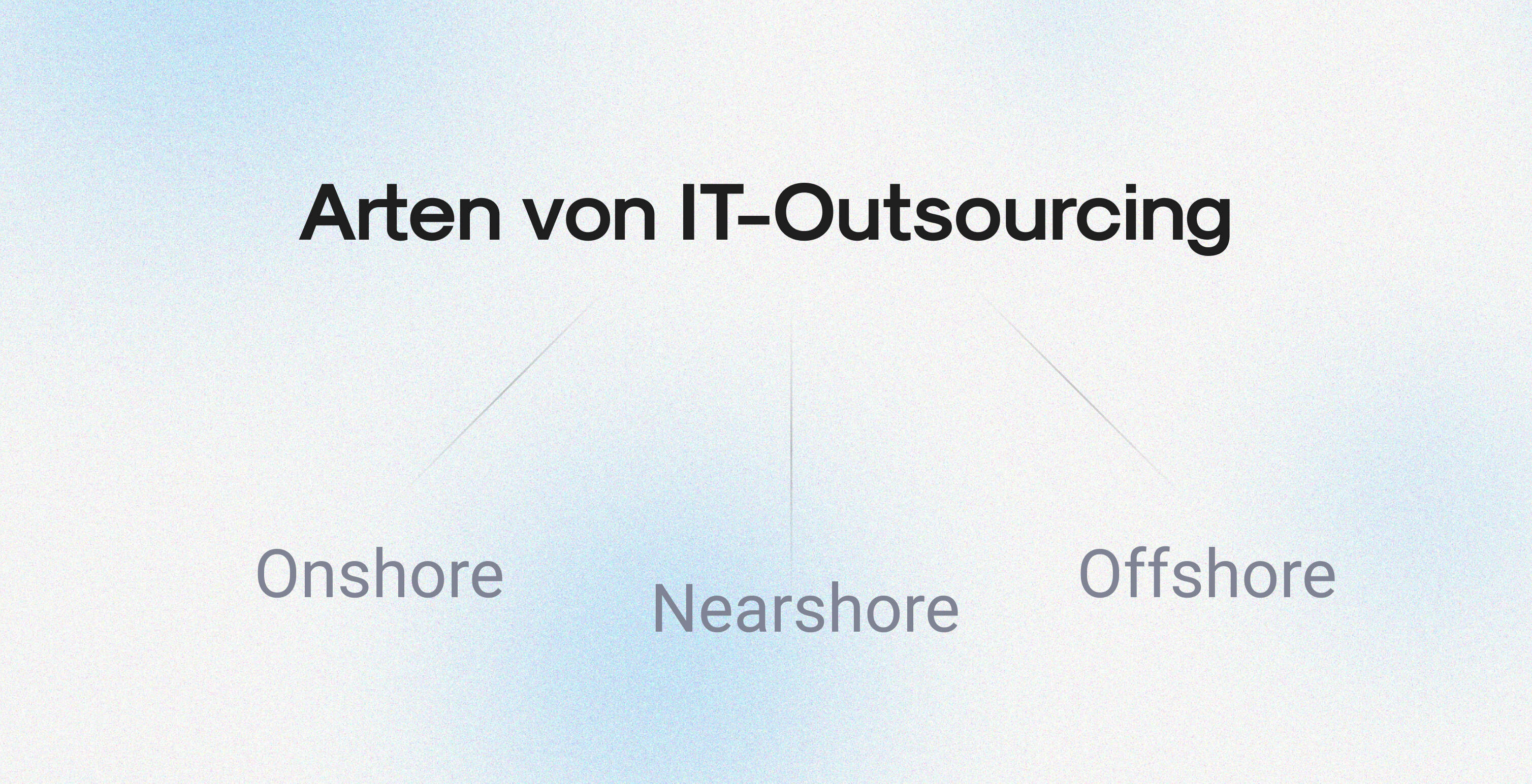Serverless computing explained
Serverless computing is an advanced model of cloud computing that enables organizations to develop applications and services quickly and efficiently without having to worry about setting up and managing servers. As a CTO, it's crucial to understand the latest technologies to optimize your company's IT strategy. In this article, you'll learn everything you need to know about serverless computing and how it can transform your development processes.
Here's what you need to know:
- Serverless computing relieves developers of server management and promotes faster time to market.
- Costs are only charged for the resources actually used, resulting in cost efficiency.
- Use cases include stateless apps, batch processing and fast API creation.
- Compared to PaaS, BaaS and containers, serverless offers on-demand execution and scaling.
- Despite the benefits, there are challenges such as potential vendor lock-in and less control over the execution environment.
What is serverless computing?
Serverless computing is a paradigm where the management of the server infrastructure is completely taken over by the serverless computing provider. Developers no longer have to worry about provisioning and scaling servers and can instead focus on writing code. This approach, often referred to as FaaS (Function as a Service), makes it possible to create stateless functions that are automatically scaled as required.
Serverless Computing Platforms
Serverless Computing Platforms are the driving force behind the increasing popularity and adoption of the serverless model. These platforms provide an abstracted environment in which developers can write and execute code without having to worry about the underlying infrastructure. They range from comprehensive cloud services to specialized functions that cover a variety of use cases.
Comprehensive services and simplicity
One of the main advantages of these platforms is the simplification of the development process. Providers such as AWS Lambda, Azure Functions and Google Cloud Functions allow developers to work in a code-centric way. They simply upload their code and the platform takes care of the rest - from deployment to scaling and maintenance.
Event-driven architecture
Another key element of Serverless Computing Platforms is the event-driven architecture. Developers can write functions that react to specific events, be it an upload to a storage bucket, a new customer order or a sensor trigger. This architecture is particularly efficient as functions are only executed when they are needed, saving resources and costs.
Integration and ecosystem
These platforms offer rich ecosystems with integrated services and APIs that allow developers to create powerful and complex applications with less effort. From databases to authentication services to analytics tools, serverless computing platforms offer a wide range of integrable services to speed up and simplify the development process.
Scalability and performance
A central feature of serverless platforms is automatic scaling. This adapts dynamically to the requirements of the application so that developers do not have to plan in advance how many servers they will need. This not only ensures high availability, but also optimizes performance as resources are used efficiently.
Cost model and efficiency
Serverless computing platforms follow a pay-as-you-go pricing model, which is attractive to many companies. Billing is based on the actual execution time and resources consumed by the code. This model promotes efficient use of cloud resources and can lead to significant cost savings.
Security and compliance
As the platform providers manage the infrastructure, they also take on much of the responsibility for security and compliance. This relieves the burden on developers and gives them the assurance that their applications are running on a secure and compliant platform.
Edge computing vs serverless
When comparing edge computing vs serverless, it becomes clear that both concepts solve different problems. Edge computing is designed to bring data processing closer to the data source in order to minimize latency. Serverless, on the other hand, focuses on eliminating the need for server management and enabling efficient, event-driven execution.
Use cases and advantages of serverless computing
Serverless computing is ideal for use cases such as stateless microservices, event-driven architectures, batch processing, real-time file processing, chatbots and modern web apps. The benefits include improved scalability, faster deployment times and efficient resource utilization, as only the resources actually used are billed.
Challenges and considerations for the serverless model
Despite numerous benefits, there are also challenges associated with serverless computing. These include potential vendor lock-in due to reliance on a specific cloud provider and the challenge of maintaining control over the execution environment. In addition, serverless services may not be the best choice for applications that require continuous, long-lasting execution.
Conclusion
Serverless computing offers a variety of benefits for organizations looking to streamline their development and deployment processes. It promotes agility, cost efficiency and DevOps practices. As a CTO, you should carefully evaluate the opportunities and limitations of this model to make the right decision for your IT landscape.
Image source: North IT Group



